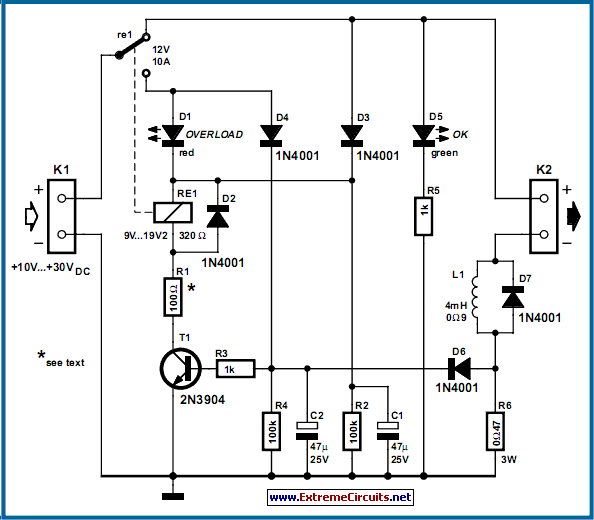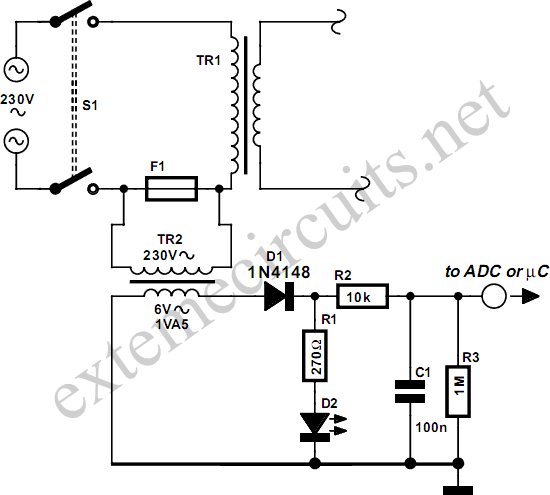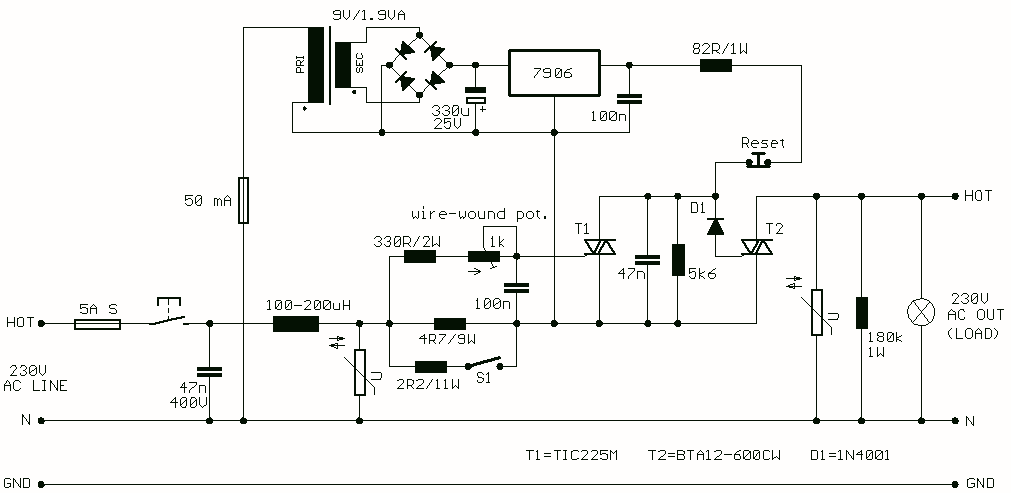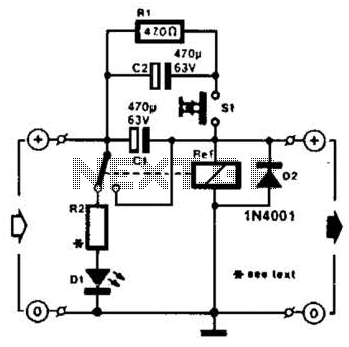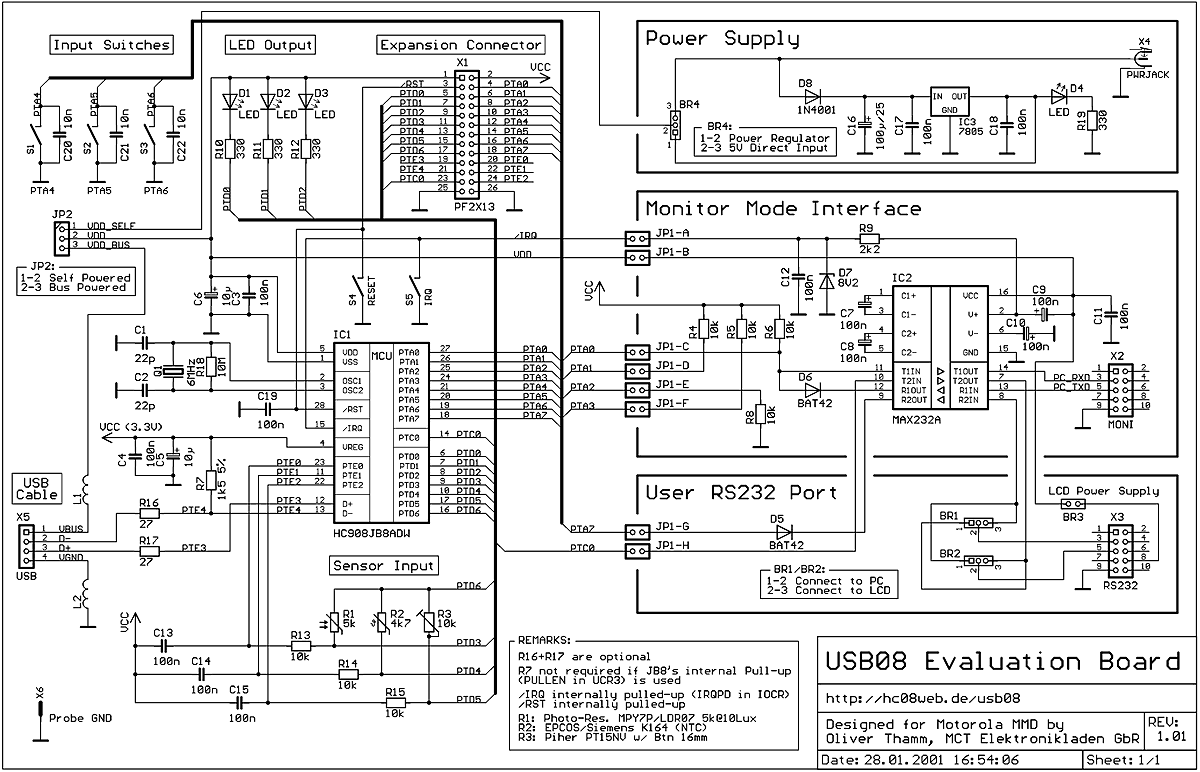
USB Fuse
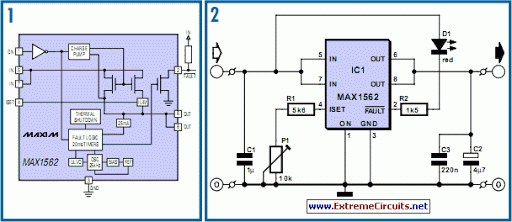
Life in the 21st century would be almost unbearable without some of the computer peripherals that PC users now look upon as essentials, such as keyboards, mice, and printers.
Computer peripherals play a crucial role in enhancing the functionality and usability of personal computers. Keyboards are essential for data input, enabling users to interact with software applications and perform various tasks efficiently. Mice provide a user-friendly method for navigating graphical user interfaces, allowing for precise control and selection of on-screen elements. Printers serve as vital output devices, translating digital documents into physical copies, which are often necessary for business, educational, and personal use.
In addition to these common peripherals, other devices such as scanners, webcams, and external storage drives contribute significantly to the overall computing experience. Scanners digitize physical documents and images, facilitating easy sharing and storage. Webcams enable video communication, which has become increasingly important in remote work and virtual meetings. External storage drives offer additional capacity for data backup and transfer, ensuring that users can manage their information securely and conveniently.
The integration of these peripherals with personal computers is supported by various communication protocols, including USB, Bluetooth, and Wi-Fi. These technologies allow for seamless connectivity and interoperability between devices, enhancing user experience. As technology continues to advance, the evolution of computer peripherals will likely lead to even more innovative solutions that further improve productivity and accessibility in the digital age.Life in the 21st century would be almost unbearable without some of the computer peripherals that PC users now look on as essentials take for example th.. 🔗 External reference
Computer peripherals play a crucial role in enhancing the functionality and usability of personal computers. Keyboards are essential for data input, enabling users to interact with software applications and perform various tasks efficiently. Mice provide a user-friendly method for navigating graphical user interfaces, allowing for precise control and selection of on-screen elements. Printers serve as vital output devices, translating digital documents into physical copies, which are often necessary for business, educational, and personal use.
In addition to these common peripherals, other devices such as scanners, webcams, and external storage drives contribute significantly to the overall computing experience. Scanners digitize physical documents and images, facilitating easy sharing and storage. Webcams enable video communication, which has become increasingly important in remote work and virtual meetings. External storage drives offer additional capacity for data backup and transfer, ensuring that users can manage their information securely and conveniently.
The integration of these peripherals with personal computers is supported by various communication protocols, including USB, Bluetooth, and Wi-Fi. These technologies allow for seamless connectivity and interoperability between devices, enhancing user experience. As technology continues to advance, the evolution of computer peripherals will likely lead to even more innovative solutions that further improve productivity and accessibility in the digital age.Life in the 21st century would be almost unbearable without some of the computer peripherals that PC users now look on as essentials take for example th.. 🔗 External reference
Warning: include(partials/cookie-banner.php): Failed to open stream: Permission denied in /var/www/html/nextgr/view-circuit.php on line 713
Warning: include(): Failed opening 'partials/cookie-banner.php' for inclusion (include_path='.:/usr/share/php') in /var/www/html/nextgr/view-circuit.php on line 713
